“Women wore chima (skirt) and jeogori (upper garment).”
 Hanbok
Hanbok
 Hanbok
Hanbok
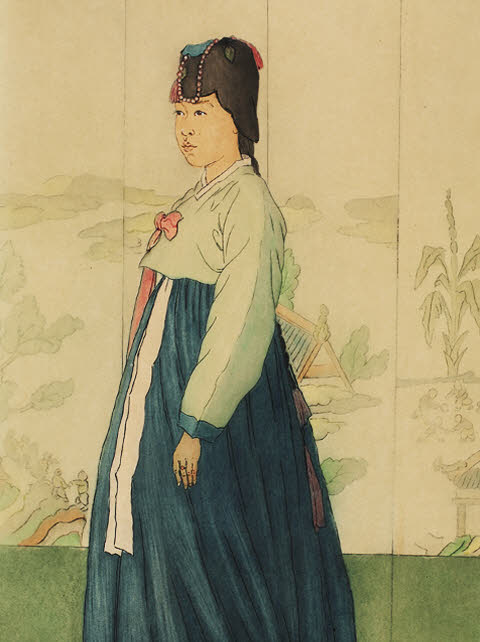 A Maiden in Hanbok (Elizabeth Keith)
A Maiden in Hanbok (Elizabeth Keith)
Women wore chima (skirt) and jeogori (upper garment). Chima becomes wider towards the bottom and naturally forms pleats. Jeogori is an upper garment that Koreans have been wearing for a long time. There is goreum, or coat strings, on the front to tie the jeogori. It is the most basic garment that both men and women of all ages wear.
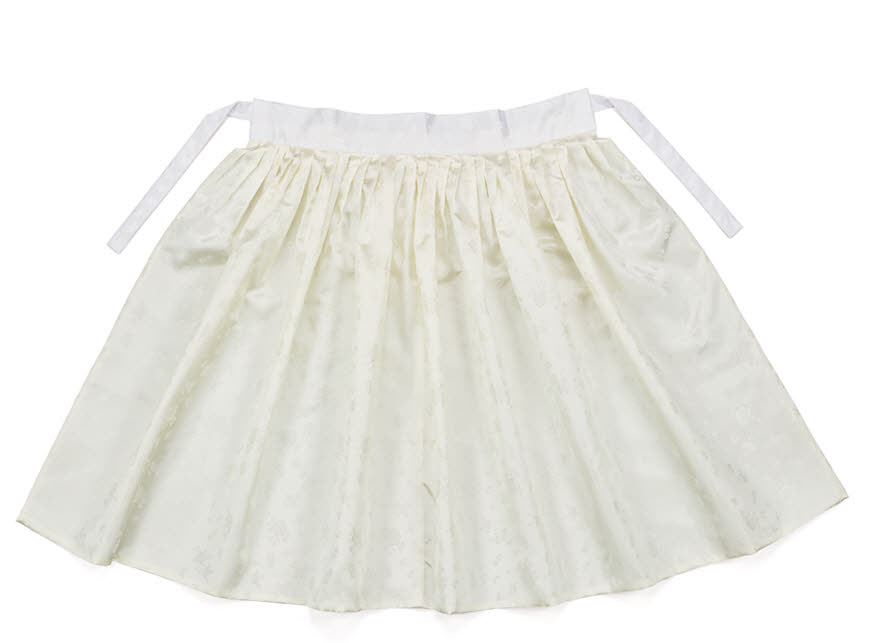 Sseugae Chimai
Sseugae Chimai
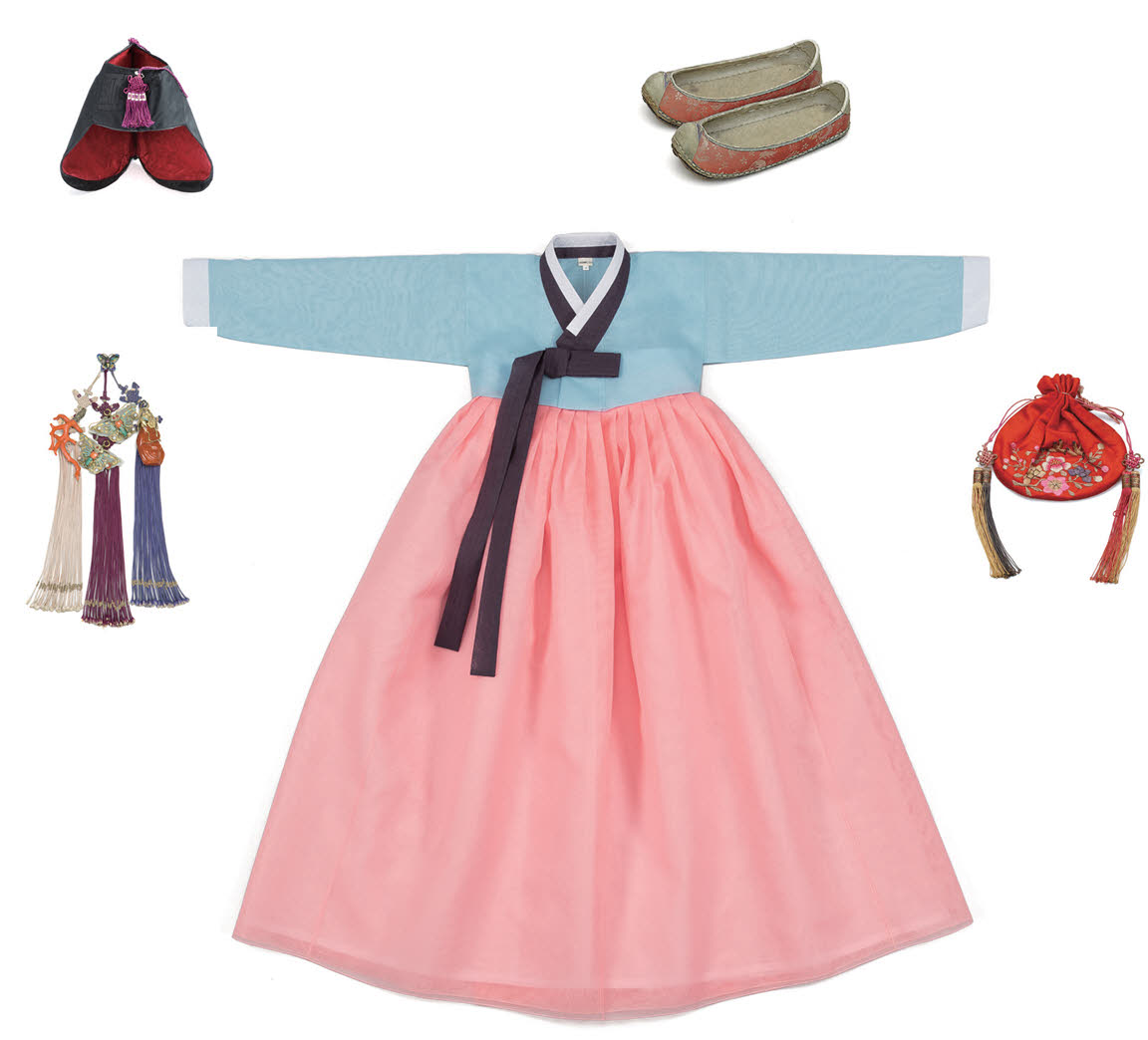
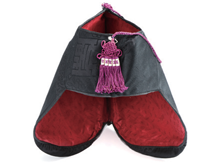
A winter cap that women wore when going outside
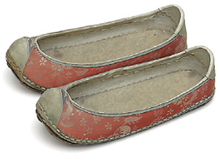
Women's shoes that was also called ggotsin
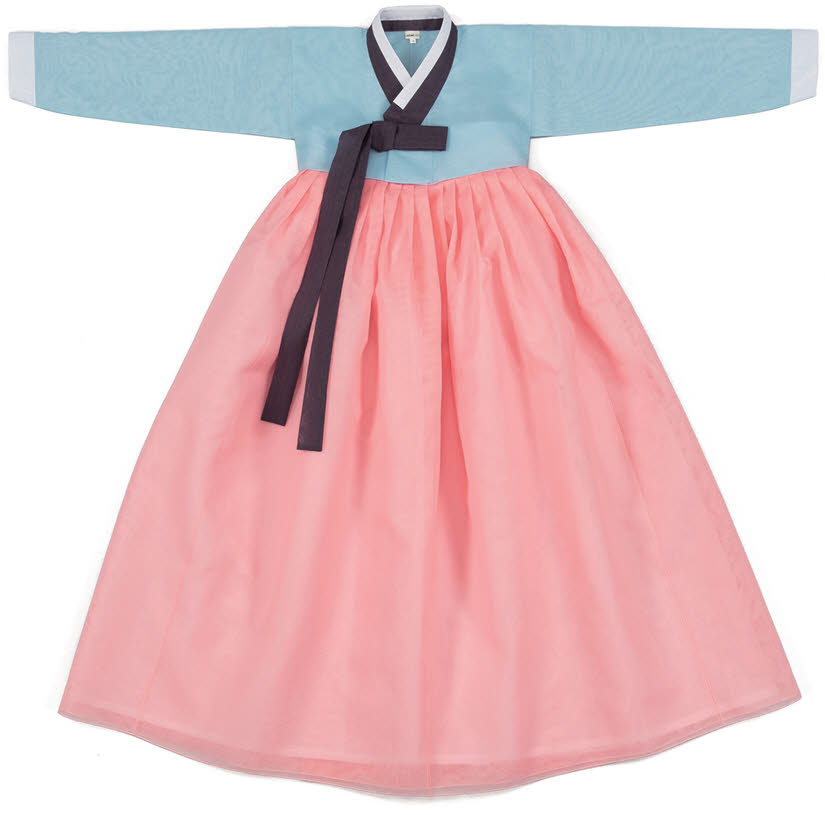
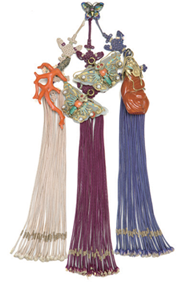
An ornament that women wore on the outer or inner coat string of the jeogori or on the waist of their chima
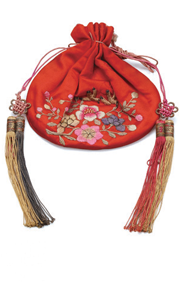
A pouch people carried because there are no pockets on hanbok

 Hanbok
Hanbok
It was a shawl that women wore when going outside. Women always wore the shawl as it was considered lack of courtesy to show women's face to men other than the men in their family.
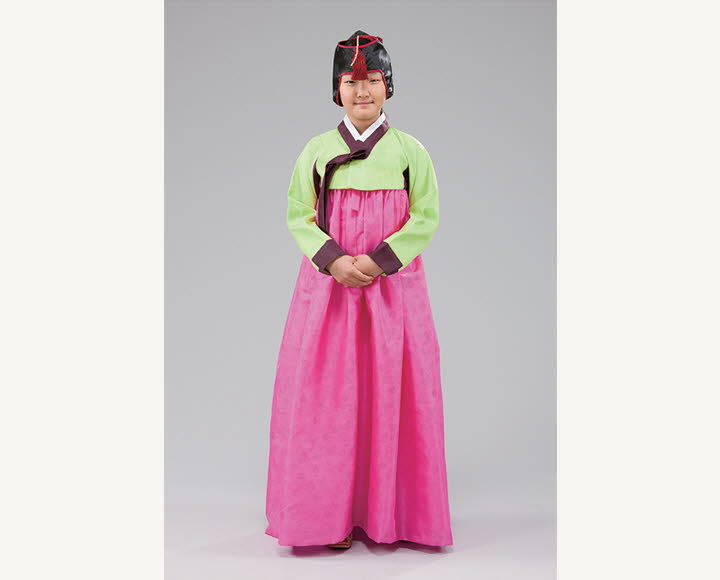
 Hanbok
Hanbok
Jobawi is a winter hat for women that wraps around the face. Girls sometimes wore a jobawi for their first birthday, or dol, with a saekdongjeogori and a scarlet-colored skirt.
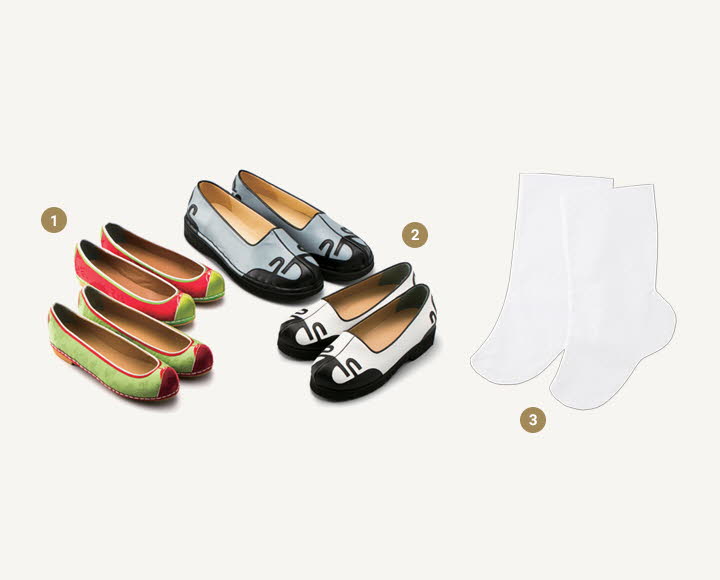
 Hanbok
Hanbok
When wearing hanbok, the shoes had to match the outfit. Women wore unhye, also known as ggotsin, and men wore taesahye.
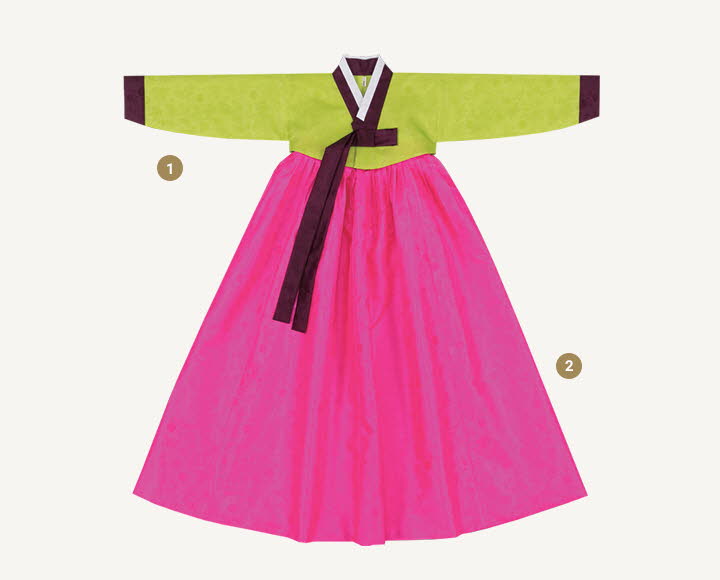
 Hanbok
Hanbok
Hanbok for women consists of a jeogori and chima. Sometimes, women wear a baeja on top of a jeogori or add an ornament like norigaes.
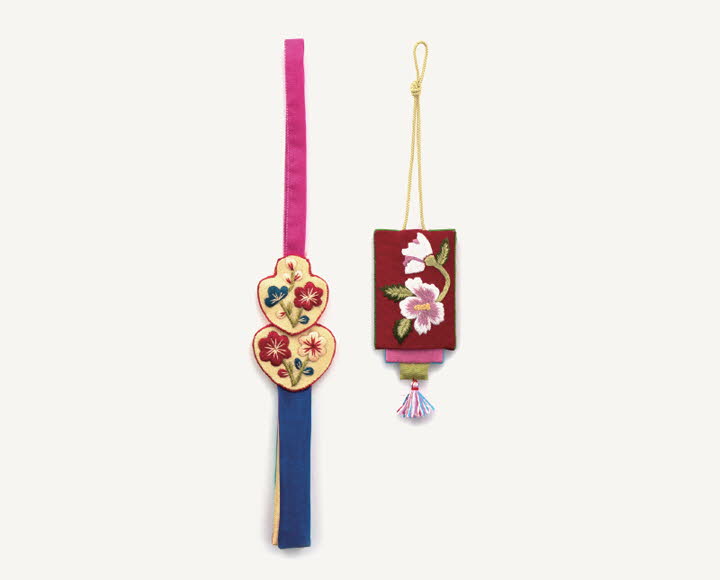 Baneuljip norigae
Baneuljip norigae
 Anbang
Anbang
It is an ornament to wear on the goreum of jeogori or the skirt's waist. The ornament is made in different shapes using gold, silver, emerald, and amber as the material. Danjak norigae is a jewelry with one tassel, and samjak norigae has three tassels. Baneuljip norigae was a practical accessory that was used to store a needle inside.
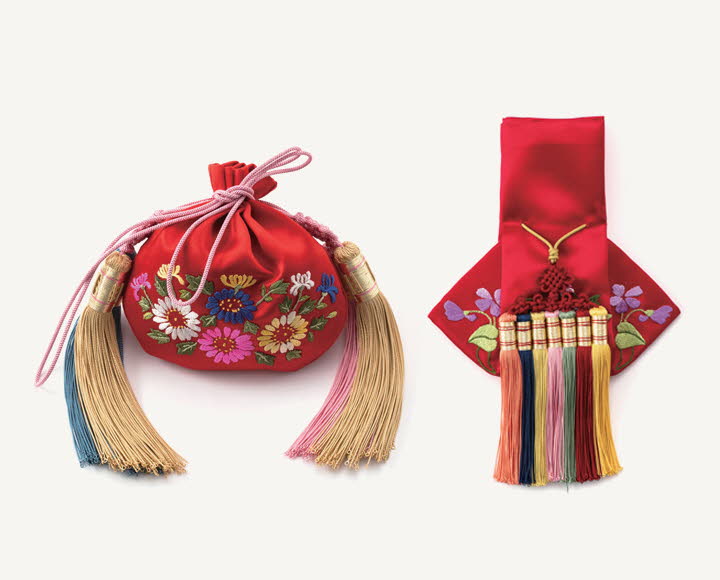 Durujumeoni
Gwijumeoni
Durujumeoni
Gwijumeoni
 Anbang
Anbang
Since hanboks do not have pockets, people carried around a pouch to keep their belongings. They embroidered colorful decorations on the touch to prevent misfortunes and wish happiness. The round-shaped pouch is called durujumeoni and the pouch with sharp corners is called gwijumeoni.